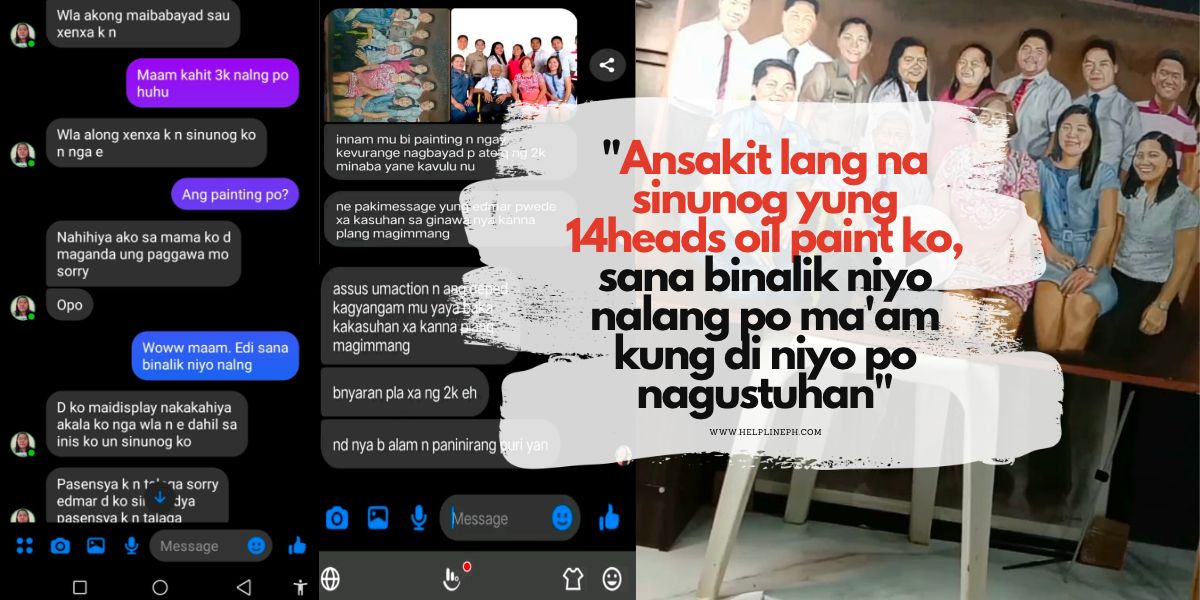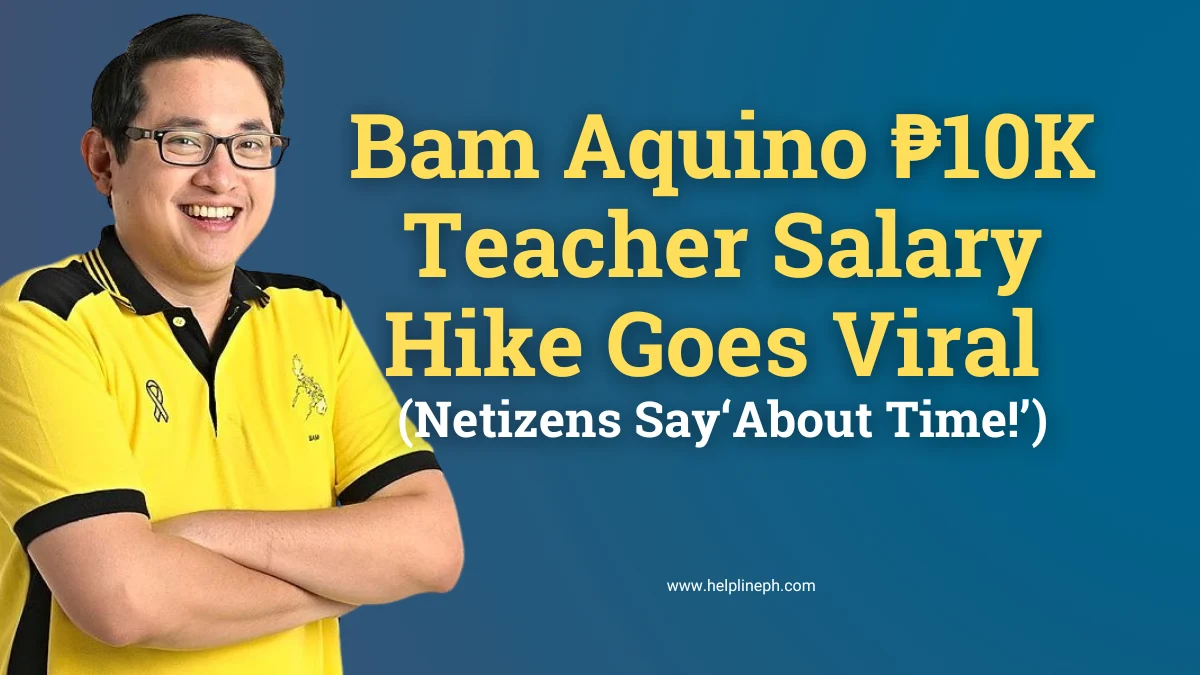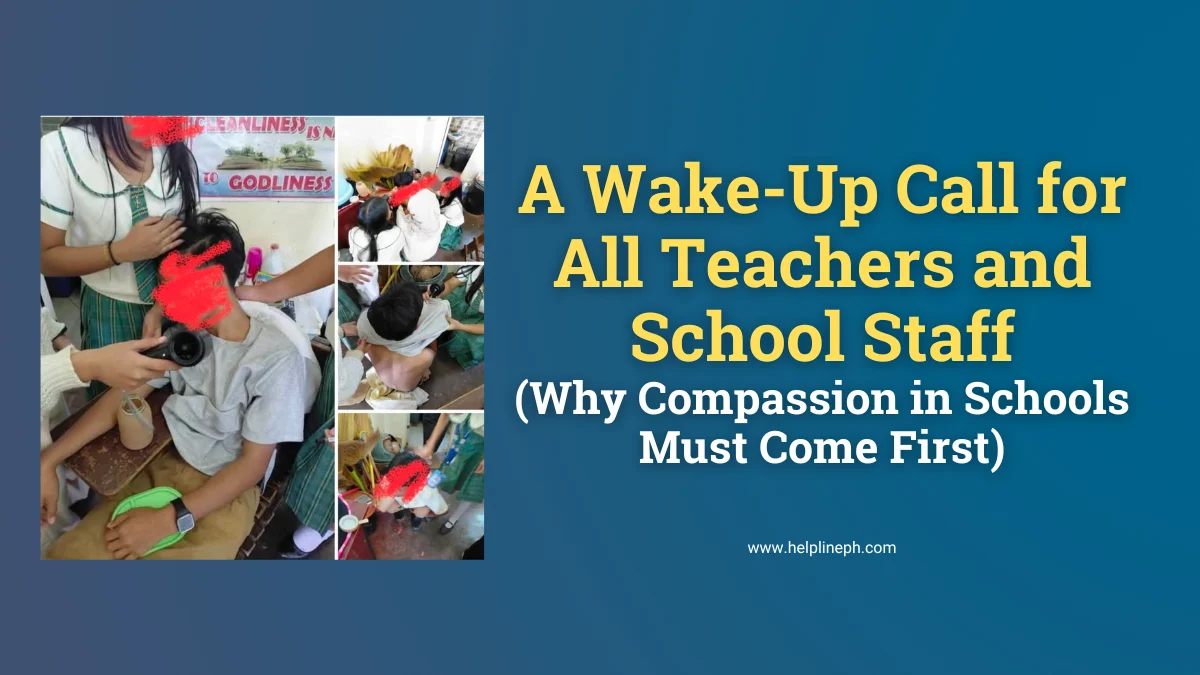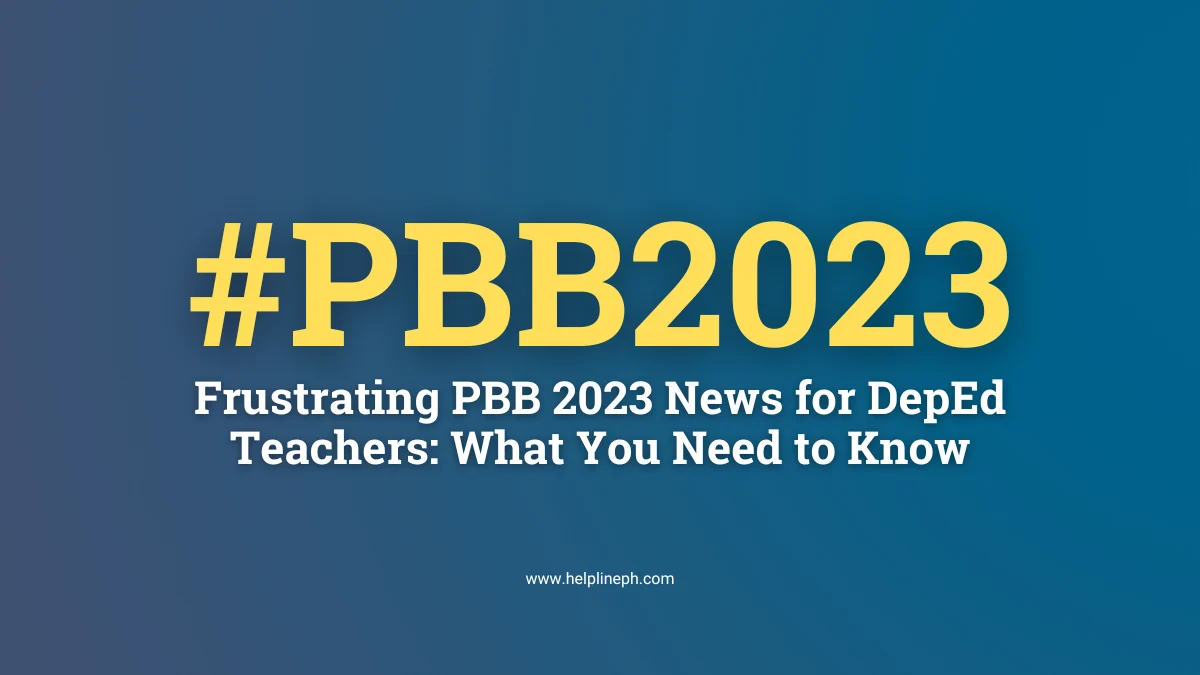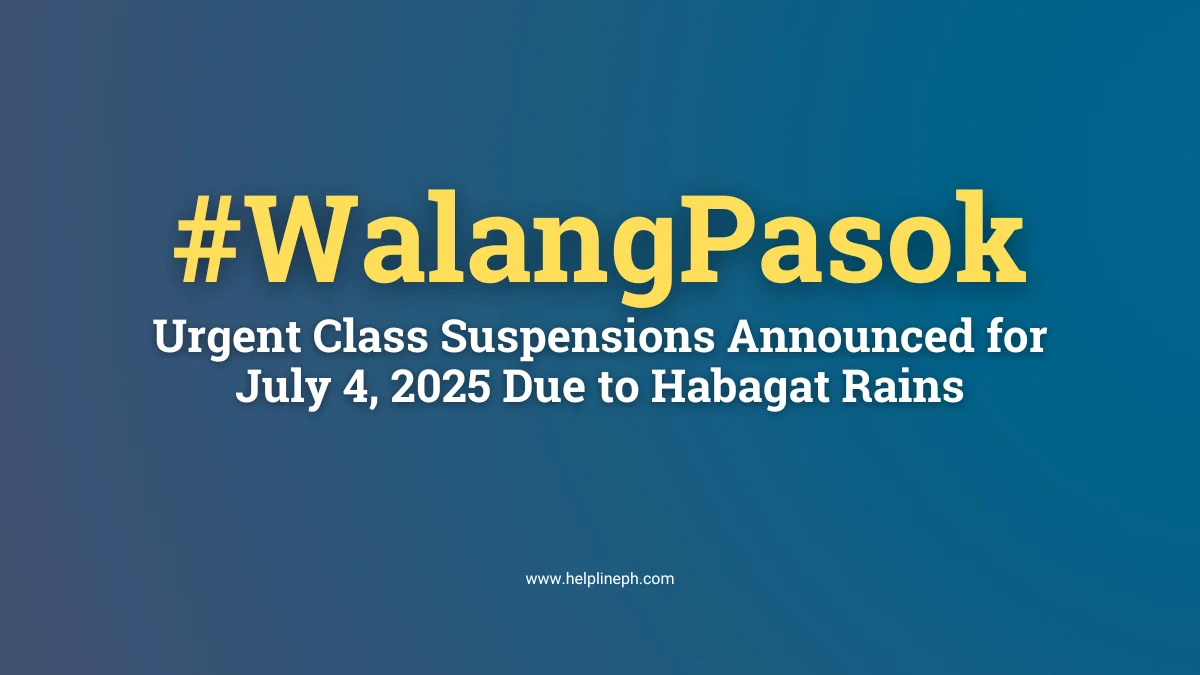Teacher Client’s Unpaid and Burned Art Commission: A Spotlight on Artist Rights and Payment

Hey there! Let’s talk about something that’s been making waves in the art world recently. It’s all about artist rights and payment, a topic that’s always been important but has recently been thrust into the spotlight because of an unpaid and burned art commission.
So, here’s the scoop. There’s this artist, Edmar Casinillo, a super talented portrait artist and architecture student from Isabela. He’s been creating art since he was in grade eight and often takes on commissions to help fund his studies. But recently, he had a pretty rough experience with an unpaid and burned art commission.
This incident has sparked a lot of discussion about the rights and payment of artists. You see, artists have rights, often referred to as copyright, that protect their work. This includes the right to reproduce, distribute, perform, and display their work publicly. But these rights can be licensed to others under certain terms and conditions, often through a copyright license agreement.
Now, back to Edmar. He agreed to a lower price for his commissioned piece, but the client, a teacher, didn’t pay up. This highlights the importance of having clear agreements about payment terms before starting a project. It also underscores the need for artists to be aware of their rights and to insist on fair payment for their work, especially in situations like the unpaid and burned art commission.
Artists can also earn money through royalties, which are payments made to artists for the use of their work. For example, some artists receive royalties from licenses rather than selling their work outright. But royalty contracts should be reviewed carefully and monitored to ensure full payments are received.
In this digital age, artists also have the option of licensing their work for use online. This can be a lucrative avenue for artists, as it allows their work to reach a wider audience. But artists must be careful to protect their rights in these situations.
So, what’s the takeaway from all this? The incident involving Edmar and his teacher-client serves as a stark reminder of the importance of respecting artist rights and ensuring fair payment for their work. Artists contribute significantly to our culture and society, and their work should be valued and compensated accordingly, so we don’t see more cases like the unpaid and burned art commission.
